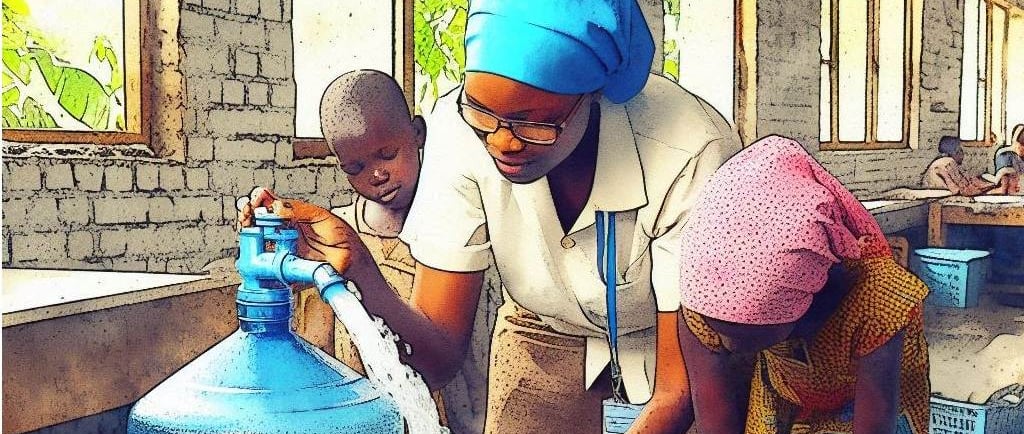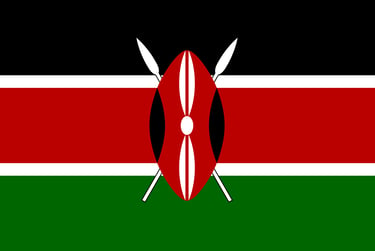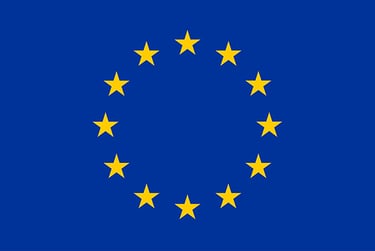Medical Water to Hospitals from AWGs
Implementing AWG systems medicals grade water at hospitals in Eastern Africa will enhance healthcare facilities' resilience to water shortages, improve hygiene and mitigate the risks associated with waterborne diseases.
HEALTHCAREWATER
10/9/20243 min read


AWG for Hospitals Africa
In many parts of Eastern Africa, access to clean and reliable water remains a persistent challenge, impacting everything from daily livelihoods to public health. Nowhere is this challenge more critical than in hospitals, where a consistent water supply is essential for maintaining hygiene, sterilizing equipment, and caring for patients. As climate change intensifies and water sources become less predictable, the need for innovative solutions has never been more urgent. One promising technology that can help address this issue is Atmospheric Water Generation (AWG).
AWG equipment extracts moisture directly from the air and turns it into drinkable water. By tapping into the humidity in the atmosphere, AWG can provide a reliable, clean, and sustainable water source for healthcare facilities just by using electricity. Implementing AWG in hospitals across Eastern Africa can be a game-changer for healthcare resilience and patient safety.
Access to Clean Water: A Lifesaving Necessity
Water is essential for every aspect of hospital operations, from cleaning wounds and sterilizing surgical tools to maintaining sanitary facilities. Yet, many hospitals in Eastern Africa, particularly those in rural or arid areas, face frequent water shortages. Traditional water sources such as rivers, lakes, or wells are often unreliable due to seasonal variability, contamination, or prolonged droughts. In such conditions, healthcare providers struggle to maintain the basic hygiene standards that are critical to preventing the spread of infection.
How AWG Helps: AWG equipment provides a consistent water supply, regardless of the availability of traditional water sources. By generating water directly from the air, AWG offers a reliable solution, ensuring hospitals can continue their operations smoothly and safely, even during periods of drought or water scarcity.
2. Reducing the Spread of Waterborne Diseases
Eastern Africa is no stranger to waterborne diseases like cholera, typhoid, and dysentery, which are often caused by contaminated water. These diseases are especially dangerous in hospitals, where patients are already vulnerable and where poor water quality can lead to hospital-acquired infections.
How AWG Helps: AWG systems come equipped with advanced filtration technologies that ensure the water produced is clean and free from contaminants. By generating purified water, AWG systems reduce the risk of disease transmission, protecting both patients and healthcare workers.
3. Resilience in the Face of Drought
Climate change has made extreme weather events more frequent in Eastern Africa, with many regions experiencing prolonged droughts that exacerbate water shortages. Hospitals, which are already under strain, are particularly affected during these times, often forced to ration water or rely on expensive water trucking services.
How AWG Helps: AWG systems are independent of groundwater or surface water sources, making them an ideal solution during droughts. They continue to produce water as long as there is humidity in the air, ensuring that hospitals have a continuous supply of water, even when other sources dry up. This makes AWG technology a resilient and sustainable solution in an increasingly unpredictable climate.
4. Reducing Reliance on Unreliable Water Infrastructure
In many rural and remote parts of Eastern Africa, water infrastructure is either lacking or unreliable. Damaged pipelines, poorly maintained reservoirs, and inconsistent water delivery systems mean that hospitals cannot always count on a stable water supply.
How AWG Helps: AWG equipment functions independently of existing water infrastructure, generating water on-site. Hospitals no longer need to rely on malfunctioning or nonexistent water systems, reducing the risk of operational disruptions. This independence also makes AWG a cost-effective solution over the long term, as it reduces the need for frequent water purchases or infrastructure repairs.
5. Sustainability: A Long-Term Solution for Water Security
The over-extraction of groundwater and depletion of surface water sources are pressing environmental issues across Eastern Africa. Hospitals that depend on these finite resources contribute to the strain on local ecosystems, further exacerbating water scarcity.
How AWG Helps: AWG is a sustainable technology that extracts water from the air, without depleting local water resources. By using AWG systems, hospitals can contribute to the preservation of critical water sources, ensuring that communities and ecosystems have enough water for their own needs.
6. Cost-Effective in the Long Run
While the initial investment in AWG equipment may be significant, the long-term benefits are undeniable. Hospitals that currently rely on costly water deliveries or infrastructure maintenance will find AWG systems to be a more economical option. Once installed, AWG equipment requires minimal operational costs and maintenance, offering a steady return on investment over time.
Conclusion: AWG – A Vital Investment for Eastern Africa’s Hospitals
For hospitals in Eastern Africa, the benefits of implementing AWG equipment are clear. By providing a reliable, clean, and sustainable water source, AWG systems can help healthcare facilities maintain critical operations, protect patients from waterborne diseases, and reduce their dependence on strained water resources. As climate change continues to challenge the region’s water security, AWG offers a forward-thinking solution that can strengthen healthcare resilience and save lives.
The time to act is now. By investing in AWG technology, we can help hospitals in Eastern Africa meet the growing water challenges of the future and ensure that they have the resources they need to care for their patients effectively and safely.
©2025 LuxeanaKenya






